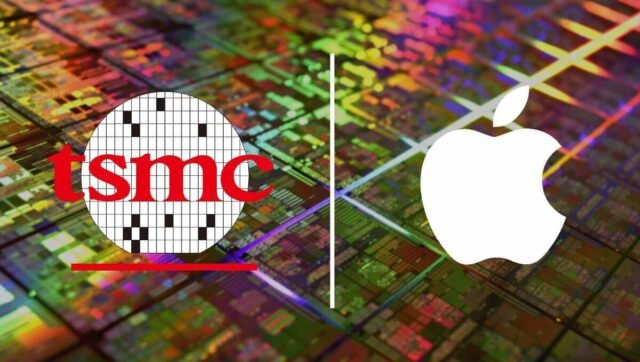
An astute phone enthusiast bearing the username @_orangera1n on X (via Wfcctech) has brought to light Apple’s ongoing efforts in crafting the A19 Bionic SoC. Amidst this year’s tech landscape, Apple stands as the sole prominent smartphone manufacturer set to introduce a phone series (specifically the iPhone 15 Pro and iPhone 15 Pro Max) fortified by a chipset meticulously crafted through the 3nm process node. This pivotal component, the A17 Bionic, is under the adept construction of TSMC. Insights suggest that Apple has reserved a significant 90 percent of the foundry’s 3nm production capacity for the current year.
The substantiation shared by @_orangera1n on X manifests in the form of a roster of CPU IDs, with the 0x8120 code designating the 4nm A16 Bionic—the driving force behind the iPhone 14 Pro and iPhone 14 Pro Max. In approximately a month’s time, the A16 Bionic will fuel the operations of iPhone 15 and iPhone 15 Plus models. As previously outlined, the forthcoming iPhone 15 Pro and iPhone 15 Pro Max will proudly accommodate the prowess of the A17 Bionic. This cutting-edge chipset is duly inscribed as 0x8130 within the aforementioned list. Looking ahead, the codes 0x8140 and 0x8150 will represent the A18 Bionic and A19 Bionic, respectively.
With the A17 Bionic spearheading this year’s lineup as the maiden smartphone application processor (AP) to emerge from the 3nm node, a cascade of advantages emerges due to reduced feature sizes, including transistor dimensions. This ostensibly translates to a greater density of transistors within each chip, ultimately endowing the chipset with amplified power and enhanced energy efficiency. Notably, the A16 incorporates a staggering 16 billion transistors, setting the stage for promising leaps in the A17 Bionic’s capabilities.
Envisioned for the inner workings of the iPhone 17 Pro and iPhone 17 Pro Max/Ultra, the A19 Bionic emerges as a pioneering contender, potentially marking the inception of TSMC’s 2nm process node within the iPhone architecture. Such a development would herald the debut of Gate-All-Around (GAA) transistors in the iPhone realm. The GAA design empowers the gate to encompass the channel on all four sides, translating to minimized current leakage, heightened performance, and superior energy efficiency.
This evolutionary stride could make the A19 Bionic, dwelling within the iPhone 17 Pro and iPhone 17 Pro Max/Ultra, the initial chip to harness the capabilities of TSMC’s 2nm process node, along with being the harbinger of GAA transistor technology for iPhones. Amidst an evolving narrative, the emphasis on pricier Pro models is becoming increasingly conspicuous, suggesting that Apple’s strategy transcends a mere response to chip scarcity and aims to provide consumers with an added incentive to invest in the premium Pro lineup.








